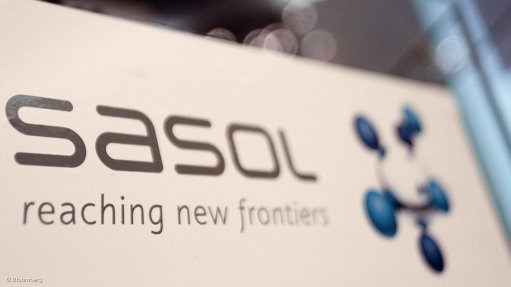
Petrochemicals major Sasol on Monday announced that it expected its headline earnings per share (HEPS) for the year ended June 30 to increase by between 11% and 17%, and its earnings per share (EPS) for the same period to increase by between 9% and 15% over that reported in the prior financial year.
The company noted in a trading update published on Monday that its profitability for the 2014 financial year was positively impacted by a 2% increase in synfuels production volumes to 7.6-million tons for the year, as well as by the 97% yearly utilisation rate achieved at its Oryx gas-to-liquids plant.
“Following decisive management actions introduced last year to ensure cost discipline and focused cost reductions, our business performance enhancement programme is progressing well, with our normalised cash fixed cost trend slightly below market inflation and ahead of our previous guidance,” Sasol said.
The company added that its solid financial performance was further supported by a 17% weakening in the average rand:US dollar exchange rate, and a slight improvement in chemical prices, while the average Brent crude oil price remained relatively flat for the period under review.
However, Sasol noted that profitability was negatively affected by a significant increase in its long-term employee share-based payment expense of R3.6-billion, owing to a 47% higher share price.
Further, the R5.3-million impairment charge relating to the company’s Canadian shale gas assets also impacted on the group’s profitability in the year under review.
Meanwhile, Sasol reiterated that it had received a substantial reduction of R2.5-billion to the fine imposed on the company by the European Commission in 2008; however, penalties of R534-million were imposed on the group by the South African competition authorities relating to Sasol Polymers’ propylene and polypropylene pricing from 2004 to 2007.
“We are appealing this decision. Both these decisions affected HEPS and EPS for the period under review,” it said.
Further, the company also pointed out that, at December 31, it impaired its Solvents Germany assets by R466-million based on a decision to dispose of the affected assets.
This transaction was completed on May 31 when merger control approval was obtained, with a loss of R966-million recognised on the disposal in addition to the impairment.
Sasol would release its financial results for the year on September 8.